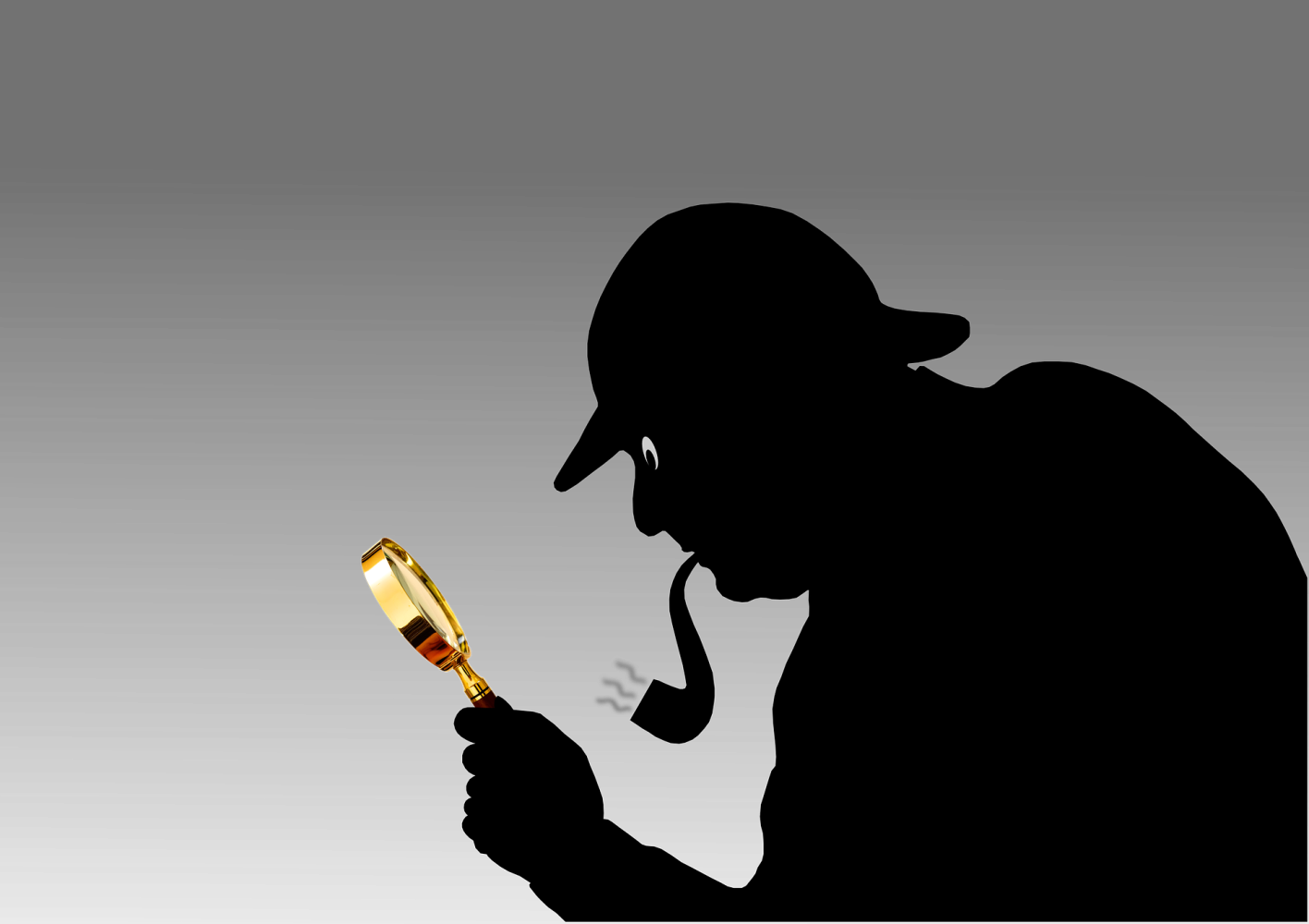News Roundup 23 October 2022
Joseph Guerrero in News and Updates
Oct 23, 2022 • 6 min Read
Prison deaths high under Bantag, some found with ‘criminal intent’ | INQUIRER.NET – It took the death of a New Bilibid Prison (NBP) inmate, who turned out to be an alleged key conspirator in the killing of radio broadcaster Percival Mabasa, for top officials to suspend Bureau of Corrections (BuCor) Director General Gerald Bantag. But families of prisoners held in BuCor facilities, especially NBP in Muntinlupa City, had long called for an overhaul of the leadership of the agency, over the mysterious deaths of their loved ones while serving time. Based on BuCor data obtained by the Inquirer, it was during the term of Bantag that prisoner deaths per year were the highest since 1990. At the onset of the pandemic in 2020, BuCor recorded 1,082 deaths among so-called persons deprived of liberty (PDLs) in all of its seven prisons and penal farms nationwide, up by 43.5 percent from the previous year’s 754 deaths. The number of PDL deaths increased further in 2021, with 1,166 of 48,501 prisoners who died that year. This is an inmate mortality rate of 2.4 percent, which is way higher than the 0.2 percent universally accepted figures for deaths while incarcerated. This means that at least three PDLs were dying every day in BuCor prisons in 2021. As of September this year, BuCor recorded 708 inmate deaths nationwide. BuCor health service director Dr. Henry Fabro and spokesperson Gabriel Chaclag did not respond to the Inquirer’s request for comment. BuCor did not specify the causes of the inmates’ deaths. But by the end of March, it disclosed that since 2020, 688 inmates contracted COVID-19 and 33 had died. Chaclag earlier touted that BuCor facilities had been COVID-19 free since January and that almost 90 percent of all of its inmates were fully inoculated. Fabro sounded the alarm back in 2019 that BuCor facilities were in “critical condition,” with one prisoner dying daily due to a lack of medical staff and facilities.
Autopsy of ‘middleman’ in Percy Lapid killing raises more questions | INQUIRER.NET – A leading forensic pathologist, Dr. Raquel Fortun raised questions on Saturday about the autopsy that was done on the New Bilibid Prison (NBP) inmate who allegedly contracted the Oct. 3 killing of popular radio commentator Percival “Percy Lapid” Mabasa. The National Bureau of Investigation made public on Saturday an Oct. 20 memorandum to NBI chief Medardo de Lemos from its medico-legal officer Dr. Marivic Villarin-Floro containing findings from the autopsy of a “middleman” in the assassination plot, Jun Globa Villamor. The autopsy report did not specify the cause of death. That Villamor died while in prison on Oct. 18, a day after the confessed gunman, Joel Escorial surrendered to the police, raised doubts, particularly among members of Mabasa’s family on whether the person who ordered the killing could still be found. Escorial pointed to Villamor as a middleman in the assassination plot who called him to kill Mabasa for P500,000. The police and Mabasa’s family believe that Villamor could have led them to the mastermind of the killing of the tough-talking broadcaster-vlogger. In a series of Twitter posts commenting on the NBI’s autopsy, Fortun pointed out the lack of a clear timeline on when the autopsy and the embalming procedures were done on Villamor’s body. “Nothing in the memo refers to the date of autopsy. Was it Oct 20?” she asked. “The date of the autopsy is something very, very basic. ’Yun lang malabo pa? (Even that detail is vague?)” Fortun had earlier said that an autopsy should be done before someone is embalmed because that process “contaminates the body” and it will compromise the examination of the remains. According to Floro’s memo, Villamor was declared dead at 2:05 p.m., 35 minutes after efforts to revive him via CPR failed. Later in the evening, his remains were taken to a funeral home, and “minutes after” it received the body, the embalming process began. It was only on the following day that the authorities, including Interior Secretary Benhur Abalos and Justice Secretary Jesus Crispin “Boying” Remulla, told the public in separate news conferences that they learned about Villamor’s death. Remulla explained that there was initial confusion about the real name of the supposed middleman that Escorial had pointed to. The justice secretary also told reporters that day that authorities would open the autopsy to experts like Fortun to serve as “independent witnesses.” Fortun told the Inquirer that she was never invited to Villamor’s autopsy, adding that she “would have refused if I were to just observe.” She also questioned the collection of tissue samples for toxicology and histopathology tests after the body had apparently been embalmed. “I wonder what results will come out of this? Let’s wait,” Fortun said in Filipino. A toxicology test determines whether a person ingested drugs or other chemicals. Histopathology is the examination of body tissues to look for signs of disease. Floro, who is the leader of the NBI’s Task Force Villamor, said Villamor’s body had no gunshot wound. A paraffin test, which normally is used to determine whether a person has fired a gun, yielded negative results. “There were no apparent sign[s] of external physical injury,” Floro said in her memo. Villamor, 42, was also found negative for COVID-19 in a rapid antigen test. Floro noted that “the heart showed a hemorrhagic area over the left ventricle. The mitral valve is sclerotic, which could indicate previous illness or valvular infection.” Another finding that puzzled Fortun was that the “postmortem lividity” observed was supposedly “consistent with the time of the death,” despite the examination being done after the body had already been embalmed. Lividity refers to the discoloration of the skin that appears bluish or purple after death. The lawyer for Mabasa’s family, Bertini Causing, had said that the Villamor died under a “fishy circumstance.”
QCPD to use drones in anti-crime operations | PHILSTAR.COM – Residents and workers in Quezon City should expect quicker response from lawmen as police will use unmanned aerial vehicles (UAVs), or popularly known as drones, in anti-crime operations. The use of drones will support police officers on patrol operations, Quezon City Police District (QCPD) director Brig. Gen. Nicolas Torre III. “The drones will send live feed to the command center,” he told reporters in an interview yesterday. Torre said police officers have been practicing how to use the drones for about a month and they are aiming to use the UAVs within the week. They also reminded their troops about the areas declared as no-fly zones such as the Philippine National Police headquarters at Camp Crame and Camp Aguinaldo, the main base of the Armed Forces of the Philippines. The QCPD, with 20 drones at its disposal, can use to track down criminals, including those using motorcycles in carrying out their nefarious activities. The QCPD will also utilize the drones to monitor cemeteries during the observance of All Saints’ Day or Undas next week. Torre said the QCPD also plans to install iPads in patrol cars. The city has around 200 police patrol cars that can respond within minutes during crimes and other emergencies.




